Still in Africa!
Life continues...here in Nairobi, Kenya we get to stay in a little cabin in the middle of the city. Thanks to our connection we made 8 years ago in Nicaragua. We stayed in touch, Britta and us. As soon as we landed on the African continent, she shot us a note: I am waiting for you here in Kenya! Can’t wait to see you! Let’s do a ride together! I want to ride my bike with you!
After 6 month in Malawi, chances looked a bit slim, but the possibility to fly back to CA or jump ahead to Europe looked even slimmer due to the lockdowns/Pandemic. When Lilongwe in Malawi finally opened its airport we made our decision and here we are: reunited with Britta in Nairobi.
She “gave” us her whole charming, cozy little house attached with a little garden for the time we need for what ever we want to do next.
What came next was an attempt to cycle from the capital to lake Magadi - the three of us. Funny (or not) when one listens to people saying: it’s all downhill.
Well, you can guess: it wasn’t. Though Nairobi lays 1700m above sea level, soda lake Magadi measures at 500m. More ups and downs on rough roads and heavy, crazy traffic getting out of the city made us soon realize we’ve not cycled in a while and we are not going to make it. Simple as that! Hot! I forgot to mention: It was hot, caliente....as in: grueling high temperatures!
By the time we really pooped out about 3/4 of the way at 75km, we took a breather at a turn out by a dirt road and a couple in a land -rover pointed into the vastness the direction they came from and explained that there is a decent and charming little campground with a museum attached to it, only 1 km down that dirt. We had planned -back in Nairobi -to meet up with two friends at our lake destination. Lucky for us they drove their car, bringing provisions for all of us. When they passed us on route, we filled up our water bottles - still hopeful. They called us -already at the lake -when we were stopped at the turn out and we learned that Lake Magadi was closed to visitors! All of a sudden that dirt road looked even better, so we turned to check out the campground. Soon Lisa and Andrew rolled in too. What a place!
Comes with kitties too:
We decided to spend two nights and check out the soda lake the next day in the comfort of their car. Britta’s connections to influential people opened the gates for us and we got see what we originally came for: An almost eerily quiet lake in a moonlike landscape:
Lake Magadi is the southernmost lake in the Kenyan Rift Valley, lying in a catchment of faulted volcanic rocks. During the dry season, it is 80% covered by soda and is well known for its wading birds, including flamingos. We drove around and when we had enough we got to drive to our little campground 40km back by the edge of the RiftValley.
Lucky again: Britta’s bike had a flat rear tire which appeared to be impossible to fix (the tire would not separate form the wheel! Neither of us had ever come across a problem like that. And no, it was not a tubeless tire). So, the next day we got to take a big taxi with all our gear back to the capital. Not cheap, but the cost divided between the three of us was entirely doable.
Our first field trip weekend was simply a success! (And I am NOT kidding!)
We were busy again the next Saturday/Sunday counting wildlife for a dedicated group of people who where trying to reason with numbers of wildlife moving in and out of the area against a notion to build a fence around the national park close to Nairobi.
We counted a bunch of zebras, wildebeest, antelopes and gazelles to name a few. Beautiful scenery, interesting people - we felt very useful, thankful and satisfied .
And again ....the following weekend ....there where rumors that a small private group is organizing themself to make a 10 day trip in two land-rovers through the deserts to Lake Turkana, formerly known as Lake Rudolf, is a lake in the Kenyan Rift Valley, in northern Kenya, with its far northern end crossing into Ethiopia. It is the world's largest permanent desert lake and the world's largest alkaline lake. By volume it is the world's fourth-largest salt lake.
Britta asked the question to the group and James and I got to latsch on, left the bikes behind and faced the roads through flash floods and rough terrain in a 4x4 land-rover with no regrets!
What a multi layered world we live in - life holds so many different variations -not only animals, insects and plants, but multi facaded human life. As we unpack our stuff to set up camp with all our necessities, we pile up a HUGE amount.
Our tents, our sleeping pads and bags, our cooking stove with gas tanks and pots and bottles of water and booze. The solar powered lights and the chairs, the tables and plates and glasses. The bladders/containers for water to drink and others for water (not for sensitive white people’s digestive systems) to wash dishes and our sweaty selves. The pillows, the picnic blankets and GoPros, the tripods and phones, the cameras and lenses to captures the pictures we didn’t even dream of..
The food for different needs and tastes for all the comfort in the desert we don’t have to spare. And why should we? We have the room, the bags, the cars, the strength to carry it all; the money, the habit and the brain capacity to organize it all.
Jackson -who only carried his stick -didn’t carry any water. He took us for a walk and while we each carried a bottle of water, drank ist all, we were parched at the end of a 4 hour hike in the heat.
On top of he mountain we met a young moran (warrior....the one on the left!)
We meet another young man from the Samburu tribe in our camp and learned:
The Samburu children, or Layeni in Samburu language, do not have a role in the society, the only task that is entrusted to them is to lead goats to grazing; only after the initiation ritual they are entering a stage of maturity and play an active role.
The initiation ritual for the Samburu establishes the transition to adulthood and consists, like in other populations, in the practice of circumcision, a ceremony that takes place around the age of 15.
After a one month recovery time the warrior (moran) is send out to attend his families cattle for six month, living on blood (bleeding an ox from the main artery without killing him) and milk (mixed and sometimes heated)and then returning to his village for the 6 month rainy season.
The main occupation of a moran is to defend the cattle, this involving planning raids in the villages of rival ethnic groups to steal their livestock.
This goes on for 15 years. During the later few years he has to show his courage/becoming a man and kill a lion (one that has been identivide to be a threat to the village) with a only a spear and a knife. After the heroic killing, every part of the lion’s deceased body is shared with the villagers.
As warriors, the Samburu boys move on to the next step and become ipayan, i.e. young elders, a stage of life when they get married and have children.
Marriage entails a complex ritual, that begins with the groom engaging in negotiations with the bride's family to obtain the consent to marriage.
The groom is required to deliver a minimum of eight oxen to the future father-in-law as a pledge and procure gifts to be donated to the bride; great care is given in the preparation of the gifts, which usually consist of two goatskins, two copper earrings, a milk container and a sheep. A bride with a cap between her upper front teeth is considered more valuable and there fore requires considerably more payment.
Also a men is aloud up to 4 women. Our Samburu friend here claims, that wives are not competitive as they share the work load taking care of the kids and the household duties.
According to tradition, on the wedding day, at dawn, the bride is practiced clitoridectomy, but fortunately today this practice has almost (!) disappeared.
Another and more personal story this young man shared:
A symbol of beauty is for men and women to pull out one, sometimes two, of their front teeth (bottom or top).
He watched his older brother in agony digging out a tooth with his knife and that scared him so much that he ran away. The villagers couldn’t find him for days while he was sitting in a near by tree. When he was finally discovered on his perch he was promised he wouldn’t have to follow his brother’s example if he came down and they kept their promis.
There are many parallel lives lived - while we are busy living ours.




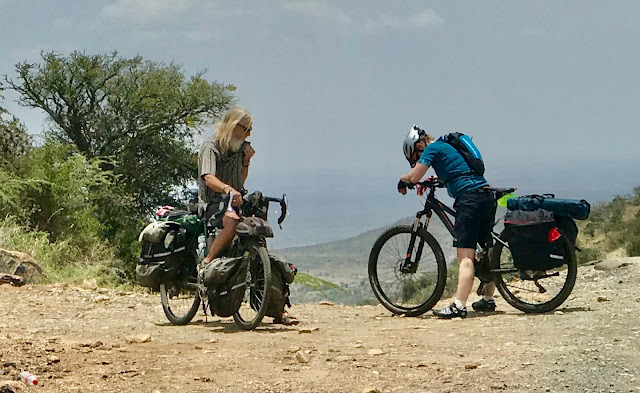

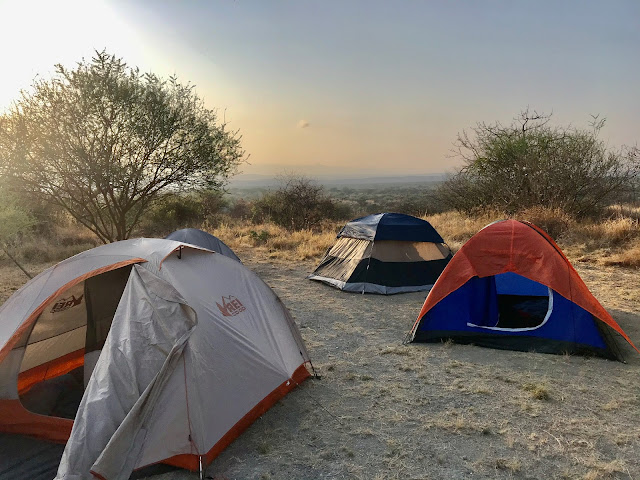




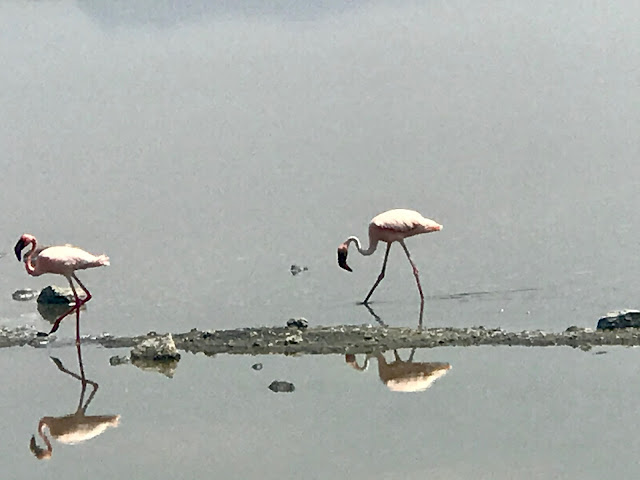





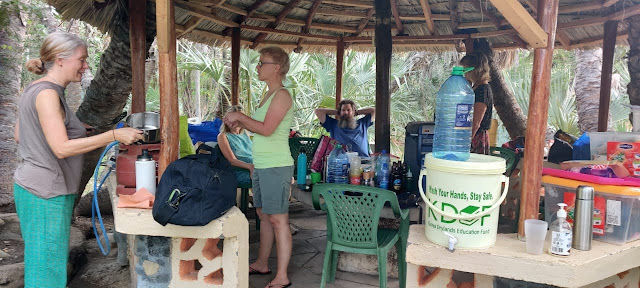








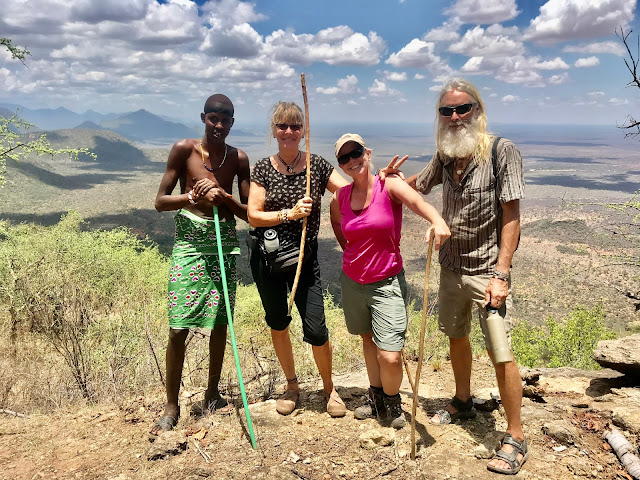


Comments
Post a Comment